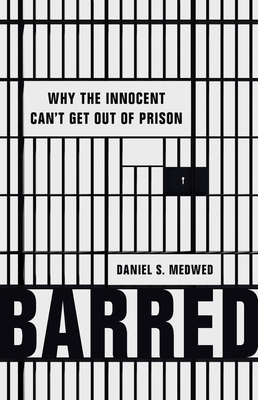Barred: Why the Innocent Can't Get out of Prison
(Daniel Medwed)
DOI:
https://doi.org/10.29173/wclawr83Abstract
For three decades, the innocence movement has focused on proving “factual innocence” with DNA evidence. Substance. But as Professor Medwed details, far more people are wrongly convicted than those who can rely on exculpatory DNA evidence. DNA has been crucial to exposing the many causes of wrongful convictions: faulty forensic evidence, police and prosecutor misconduct, mistaken eyewitnesses, unreliable informants, false confessions, and racism. DNA opens the doors to recognizing these other causes of wrongful convictions. But what next?
Barred walks us through the procedural bars and barriers at each step a wrongly convicted person takes toward freedom. As Medwed describes it, “the rule regime is stacked against the innocent, contrary to the popular belief that the postconviction process is full of escape hatches from the prison cell, those imaginary ‘technicalities’ that let people loose…. You can have evidence of innocence – and no one willing to hear it.”
Through the pages of Barred, Medwed turns us to procedure for the next stage of innocence work. If it is procedure that creates the bars, then it is those bars we must bend to free innocent people.

Downloads
Published
How to Cite
Issue
Section
License
Copyright (c) 2023 Valena Beety

This work is licensed under a Creative Commons Attribution-NonCommercial-NoDerivatives 4.0 International License.


